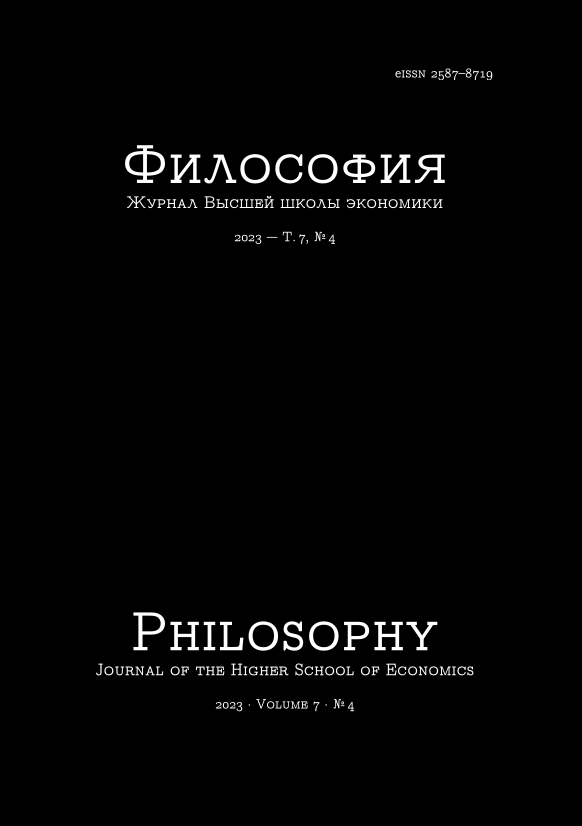On the Epistemological-Ontological Transition Made by Illusionism and Realism
Abstract
This article is about the discussion between realists and illusionists on phenomenal consciousness, phenomenal properties or qualia. The author considers what he calls the epistemological-ontological transition — the transition from epistemologically significant statements to ontologically significant ones. The option to avoid such a transition is tested in order to overcome some obstacles that it can bring to the discussion. The paper provides examples of the transition made by both camps as well as some advantages and disadvantages of rejecting it. The author comes to the conclusion that there are meaningful arguments for both options. On one hand, rejection of the transition to ontology may be beneficial for the following reasons. First, it tends to puzzle the opponents and to slow the discussion. Second, the very reason for the transition is poorly justified. Third, the core of the discussion between illusionists and realists — or at least its argumentative part — is rather epistemological, hence, moving to ontology might blur key arguments. On the other hand, one might aspire to save the transition due to the ontological roots of the discussion which must lead its argumentative part. The author then points out that eliminating the transition does not assume denying the ontological significance of the present discussion and that the problem of the nature of consciousness is definitely worth considering — but, perhaps, after the epistemological part of the problem is carefully analyzed.
Downloads
Copyright (c) 2023 Philosophy Journal of the Higher School of Economics

This work is licensed under a Creative Commons Attribution-NonCommercial 4.0 International License.






